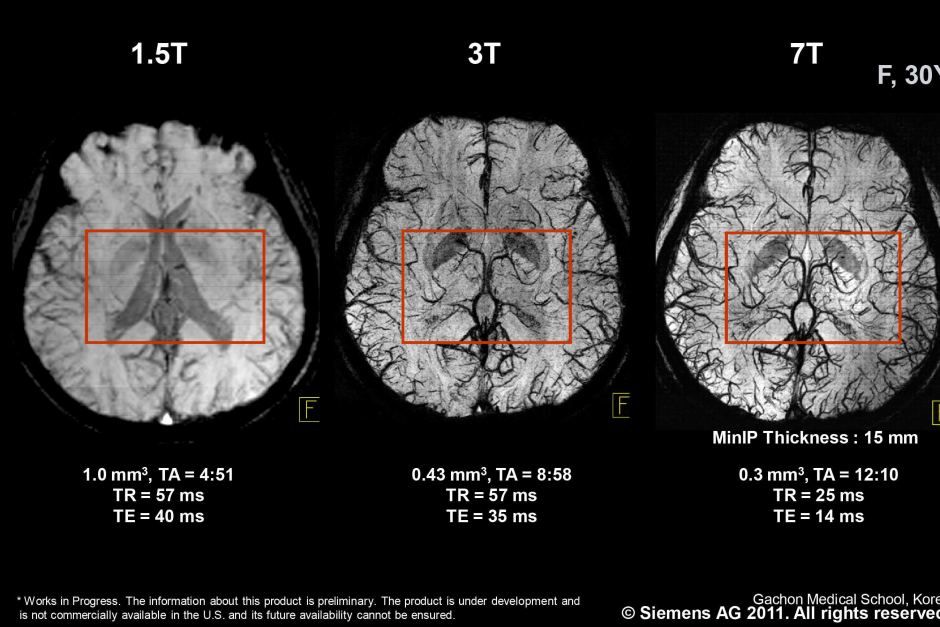
What is Digital X-Ray?
X-Ray Chest even today is the most commonly investigation done world-wide.While other types of modalities are more frequently used today, X-Rays are still required for
Digital X-Rays are digital images that are clearer, and allow for better detection of diseases.
Digital X-Rays are digital images that are clearer, and allow for better detection of diseases.
Detectors
1. Indirect FPDs Amorphous silicon (a-Si) is the most common material of commercial FPDs. Combining a-Si detectors with a scintillator in the detector’s outer layer, which is made from caesium iodide (CsI) or gadolinium oxysulfide (Gd2O2S), converts X-rays to light. Because of this conversion the a-Si detector is considered an indirect imaging device. The light is channeled through the a-Si photodiode layer where it is converted to a digital output signal. The digital signal is then read out by thin film transistors (TFTs) or fiber-coupled CCDs.2. Direct FPDs. Amorphous selenium (a-Se) FPDs are known as “direct†detectors because X-ray photons are converted directly into charge. The outer layer of the flat panel in this design is typically a high-voltage bias electrode. X-ray photons create electron-hole pairs in a-Se, and the transit of these electrons and holes depends on the potential of the bias voltage charge. As the holes are replaced with electrons, the resultant charge pattern in the selenium layer is read out by a TFT array, active matrix array, electrometer probes or microplasma line addressing.
Phosphor plate radiography
Phosphor plate radiography resembles the old analogue system of a light sensitive film sandwiched between two x-ray sensitive screens, the difference being the analogue film has been replaced by an imaging plate with photostimulable phosphor (PSP), which records the image to be read by an image reading device, which transfers the image usually to a Picture archiving and communication system (PACS). It is also called photostimulable phosphor (PSP) plate-based radiography or computed radiography (not to be confused with computed tomography which uses computer processing to convert multiple projectional radiographies to a 3D image).After X-ray exposure the plate (sheet) is placed in a special scanner where the latent image is retrieved point by point and digitized, using laser light scanning. The digitized images are stored and displayed on the computer screen. Phosphor plate radiography has been described as having an advantage of fitting within any pre-existing equipment without modification because it replaces the existing film; however, it includes extra costs for the scanner and replacement of scratched plates.Initially phosphor plate radiography was the system of choice; early DR systems were prohibitively expensive (each cassette costs £40-£50K), and as the 'technology was being taken to the patient', prone to damage.Since there is no physical printout, and after the readout process a digital image is obtained, CR has been known as an indirect digital technology, bridging the gap between x-ray film and fully digital detectors.
Security
Digital radiography (DR) has existed in various forms (for example, CCD and amorphous Silicon imagers) in the security X-ray inspection field for over 20 years and has largely replaced the use of film for inspection X-rays in the Security and nondestructive testing (NDT) fields.[11] DR has opened a window of opportunity for the security NDT industry due to several key advantages including excellent image quality, high POD (probability of detection), portability, environmental friendliness and immediate imaging.Materials
Nondestructive testing of materials is vital in fields such as aerospace and electronics where integrity of materials is vital for safety and cost reasons. Advantages of digital technologies include the ability to provide results in real time.Digital X-Rays are digital images that are clearer, and allow for better detection of diseases.
